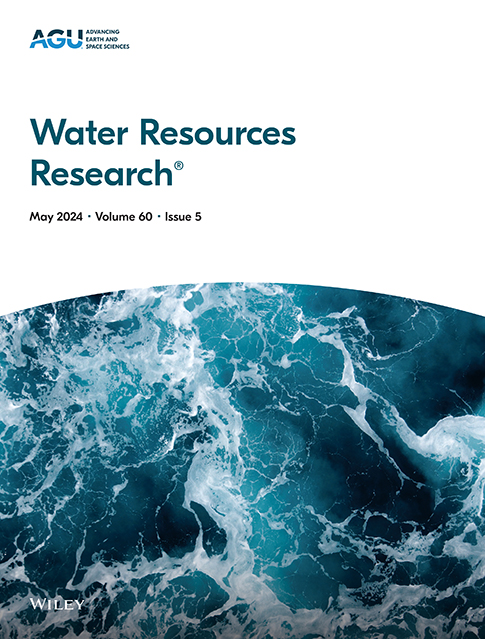IF 4.6
1区 地球科学
Q2 ENVIRONMENTAL SCIENCES
引用次数: 0
摘要
了解和预测海岸变化对于保护沿海社区和沿海资产至关重要。本研究分析了莫克姆海岸线 125 个地点的实地数据,包括十多年来(2007-2022 年)每年收集两次的海滩横断面数据。使用 Delft3D 水动力模型模拟了这 125 个地点的波浪数据,并将 Delft3D FLOW 和 WAVE 模块完全耦合。为了模拟莫克姆海岸线上观测到的沉积物体积变化,本研究提出了一个两阶段的机器学习模型,该模型结合了海滩行为分类和深度学习技术,用于预测沿岸环境的沉积物体积变化。模型的第一阶段采用随机森林分类器,将海滩行为分为四类:侵蚀、增生、稳定或短期波动。模型的第二阶段使用 LSTM 和序列到序列模型开发,利用第一阶段的输出预测侵蚀/增生后沉积物体积的变化。随机森林分类器的测试精度为 0.74。LSTM 模型提前一步(6 个月)预测泥沙量时间序列变化的测试回归率为 0.92,而序列到序列模型提前三步(1.5 年)预测的测试回归率为 0.96,提前十步(5 年)预测的测试回归率为 0.88。本文章由计算机程序翻译,如有差异,请以英文原文为准。
Predicting Morphological Changes Along a Macrotidal Coastline Using a Two-Stage Machine Learning Model
Understanding and predicting coastal change is of the foremost importance to protect coastal communities and coastal assets. This study analyzes field data from 125 locations along the Morecambe coastline, consisting of beach transects collected twice a year for more than a decade (2007–2022). Wave data at these 125 locations were simulated using the hydrodynamic Delft3D model, with full coupling of the Delft3D FLOW and WAVE modules. To model the sediment volume changes observed along the Morecambe coastline, this study proposes a two-stage machine learning model that incorporates beach behavior classification and deep learning techniques to predict changes in sediment volumes along coastal environments. The first stage of the model, developed using a random forest classifier, classifies beach behavior into four categories: eroding, accreting, stable, or undergoing short-term fluctuations. The second stage of the model developed using LSTM and sequence-to-sequence models, uses the output of the first stage to predict the change in sediment volume after erosion/accretion. The random forest classifier achieves testing accuracy of 0.74. LSTM model achieved a testing regression of 0.92 for one-step-ahead (6 months) predictions of change in sediment volume time series, while sequence-to-sequence model achieved the testing regression of 0.96 for three-time-ahead (1.5 years) predictions and 0.88 for ten-time-step-ahead (5 years) prediction.
求助全文
通过发布文献求助,成功后即可免费获取论文全文。
去求助
来源期刊

Water Resources Research
环境科学-湖沼学
CiteScore
8.80
自引率
13.00%
发文量
599
审稿时长
3.5 months
期刊介绍:
Water Resources Research (WRR) is an interdisciplinary journal that focuses on hydrology and water resources. It publishes original research in the natural and social sciences of water. It emphasizes the role of water in the Earth system, including physical, chemical, biological, and ecological processes in water resources research and management, including social, policy, and public health implications. It encompasses observational, experimental, theoretical, analytical, numerical, and data-driven approaches that advance the science of water and its management. Submissions are evaluated for their novelty, accuracy, significance, and broader implications of the findings.
 求助内容:
求助内容: 应助结果提醒方式:
应助结果提醒方式:


